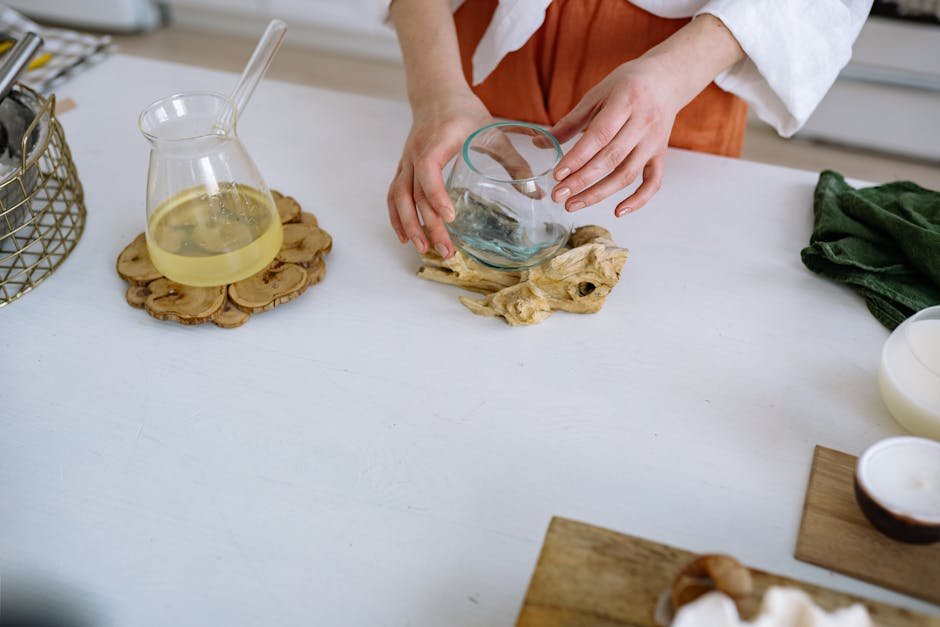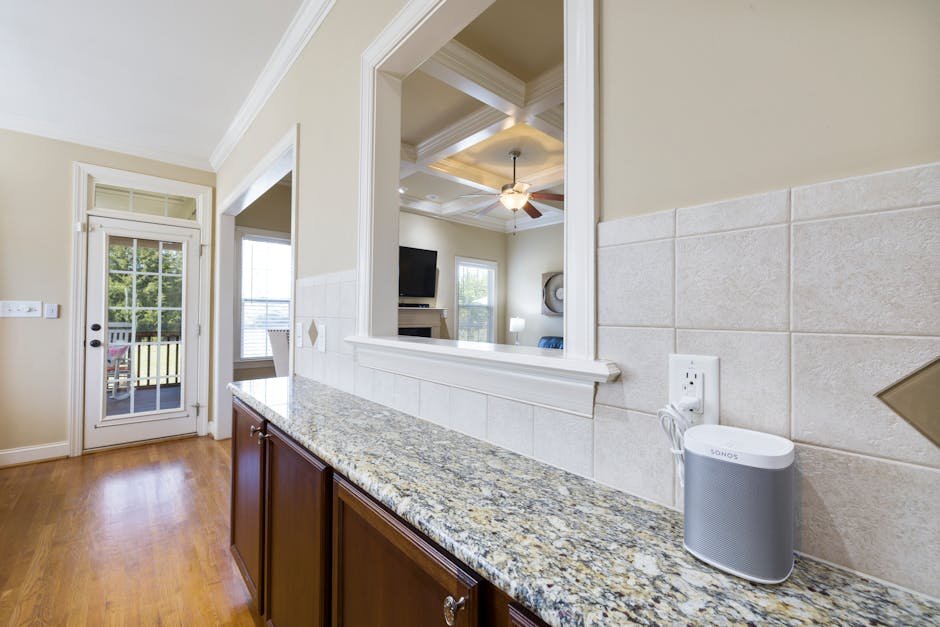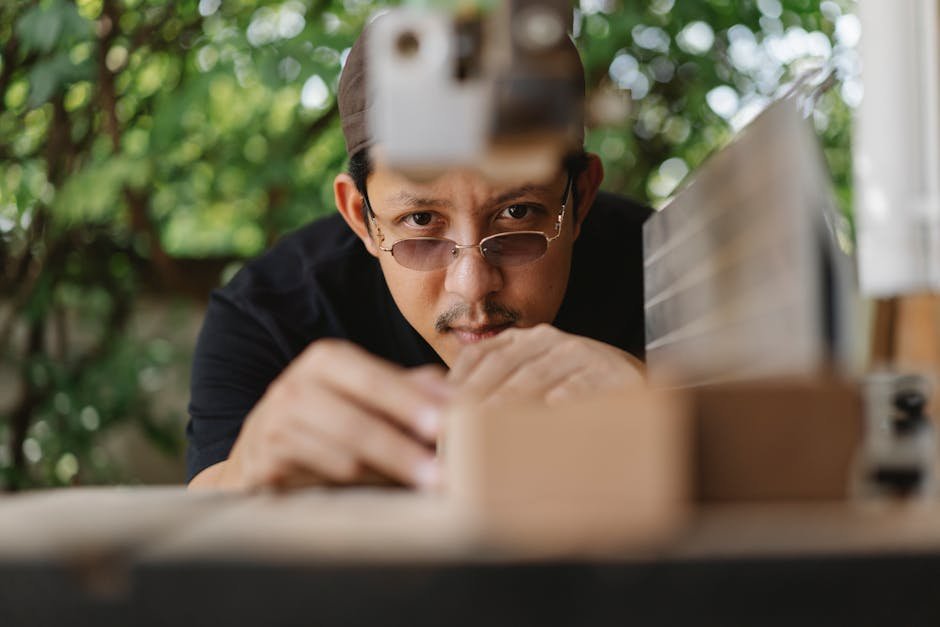Transform Your Tiled Countertop with Microcement: A Step-by-Step Guide
🛒 Shopping List
- Microcement (2–3 kg/m²) (€50–€80)
- Primer (1 liter) (€10–€15)
- Sealer (1 liter) (€20–€30)
- Sandpaper (240 grit) (€5–€10)
- Masking tape (€2–€5)
- Cleaning supplies (€5–€10)
✅ Outcome
- Professional finish with safe anchoring.
- Beginner-friendly, clean tools list.

Updating your tiled countertop with microcement is an excellent way to achieve a modern, seamless look without the hassle of removing existing tiles. This guide will walk you through the process in a straightforward manner, perfect for beginners.
Materials
- Microcement (2–3 kg/m² depending on thickness)
- Primer (1 liter)
- Sealer (1 liter)
- Sandpaper (240 grit)
- Masking tape
- Cleaning supplies (mild detergent and sponge)
Tools
- Mixing bucket
- Putty knife (10 cm)
- Float (20 cm)
- Paint roller
- Paintbrush (for edges)
- Measuring tape
Steps
- Prepare the countertop by cleaning it thoroughly with a mild detergent and sponge to remove any grease or dirt.
- Apply masking tape around the edges of the countertop to protect adjacent surfaces.
- Mix the primer according to the manufacturer’s instructions, ensuring a smooth consistency.
- Coat the entire surface of the countertop with the primer using a paint roller, allowing it to dry completely as per the instructions.
- Combine the microcement and water in a mixing bucket, following the recommended ratios for a workable paste.
- Spread the first layer of microcement onto the countertop using a putty knife, ensuring even coverage and a thickness of about 2 mm.
- Let the first layer dry for at least 24 hours before applying a second layer.
- Sand the surface lightly with 240 grit sandpaper to smooth out any imperfections after the second layer has dried.
- Seal the microcement surface with a suitable sealer to protect and enhance durability, applying it with a clean paint roller.
- Finish by removing the masking tape and cleaning up any excess product around the edges.
Tips & Notes
For the best results, work in a well-ventilated area and avoid high humidity conditions during application.
Consider practicing on a small piece of wood or tile to get a feel for the microcement application process.

Safety
- Wear gloves and a mask to protect yourself from dust and chemicals.
- Ensure the workspace is well-ventilated to avoid inhaling fumes from the primer and sealer.
FAQ
Can I apply microcement over laminate countertops? Yes, as long as the surface is properly cleaned and prepared.

How long does the microcement last? With proper application and maintenance, microcement can last for many years.
Is it waterproof? Yes, once sealed, microcement is water-resistant and suitable for kitchen countertops.



